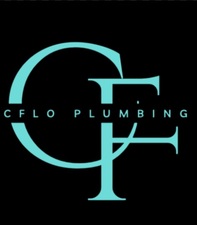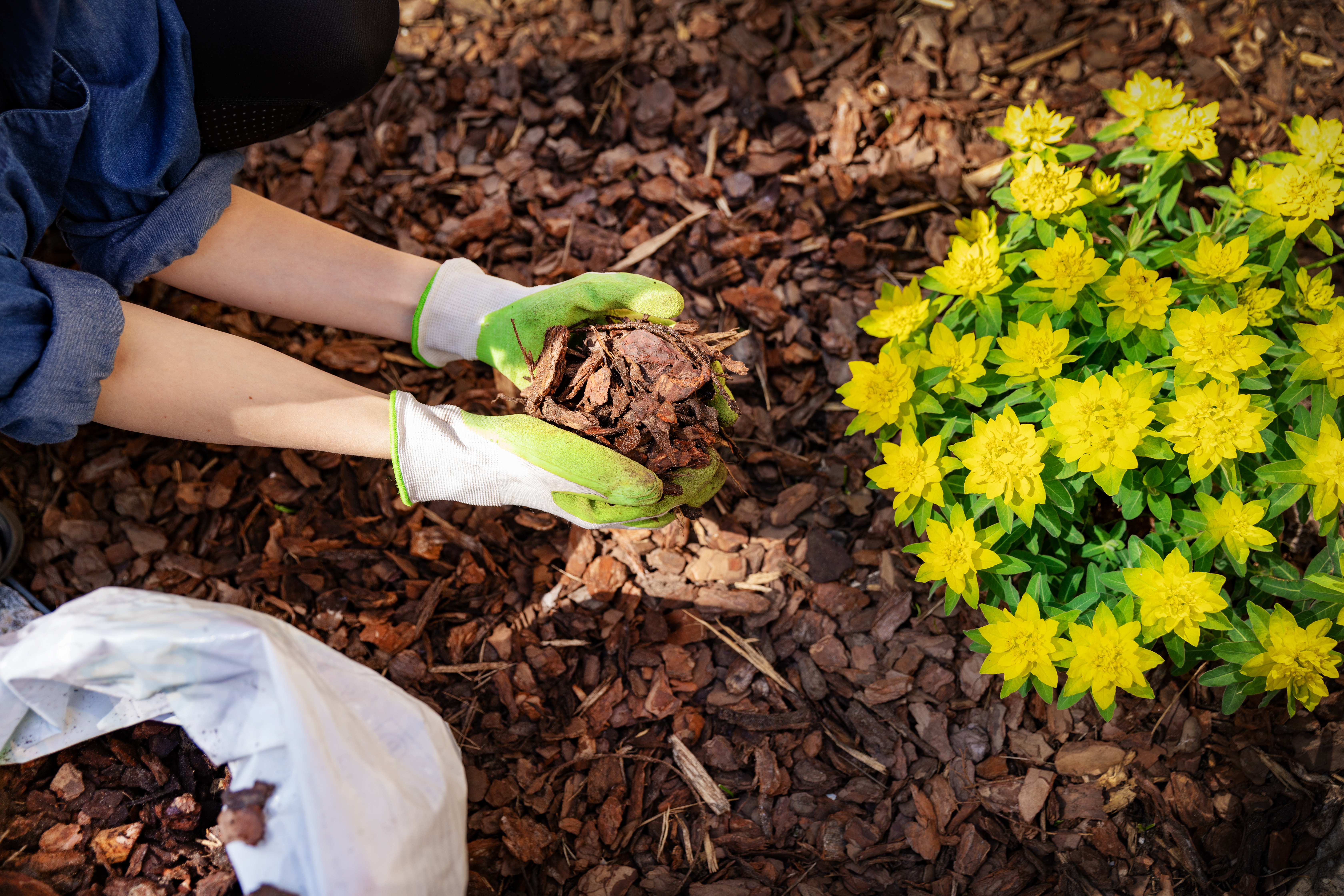
Get matched with top mulch and topsoil pros in Grace, ID
Enter your ZIP and get matched with up to 5 pros
Need a pro for your mulch and topsoil service project in Grace, ID?
Verified Reviews for Mulch And Topsoil Service pros in Grace, ID
*The Angi rating for Mulch And Topsoil Service companies in Grace, ID is a rating based on verified reviews from our community of homeowners who have used these pros to meet their Mulch And Topsoil Service needs.
*The HomeAdvisor rating for Mulch And Topsoil Service companies in Grace, ID is a rating based on verified reviews from our community of homeowners who have used these pros to meet their Mulch And Topsoil Service needs.
Last update on December 11, 2025
Find Mulch and topsoil pros in Grace
SUNRISE NURSERY LLC
SUNRISE NURSERY LLC
Full Service Nursery & Garden Center. Seasonal Employment from 2-15. We accept Cash, Debit or Credit Cards and provide "Open Accounts" for qualified customers.
Full Service Nursery & Garden Center. Seasonal Employment from 2-15. We accept Cash, Debit or Credit Cards and provide "Open Accounts" for qualified customers.
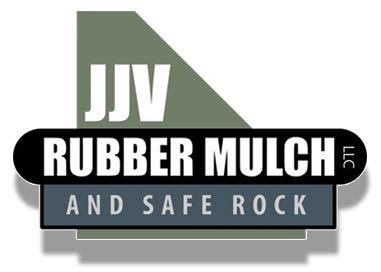
JJV Rubber Mulch and Safe Rock LLC
JJV Rubber Mulch and Safe Rock LLC
JJV Rubber Mulch and Safe Rock, stands poised and proud by providing rubber mulch products that utilizes NON-TIRE recycled rubber in the production process. JJV Rubber Mulch continues to offer a safe and clean alternative.
JJV Rubber Mulch and Safe Rock, stands poised and proud by providing rubber mulch products that utilizes NON-TIRE recycled rubber in the production process. JJV Rubber Mulch continues to offer a safe and clean alternative.
GISIN LANDSCAPE & DESIGN
GISIN LANDSCAPE & DESIGN
We accept credit cards in the office or on the job site Landscape/Sprinkler plans
We accept credit cards in the office or on the job site Landscape/Sprinkler plans
The Grace, ID homeowners’ guide to mulch and topsoil services
From average costs to expert advice, get all the answers you need to get your job done.

Gravel is an inexpensive paving material overall, but costs vary by type. Find out what average gravel prices will look like for your project.

Find out how much a soil test costs and what you get for your money with our expert guide. Know what to budget for different types of soil tests.
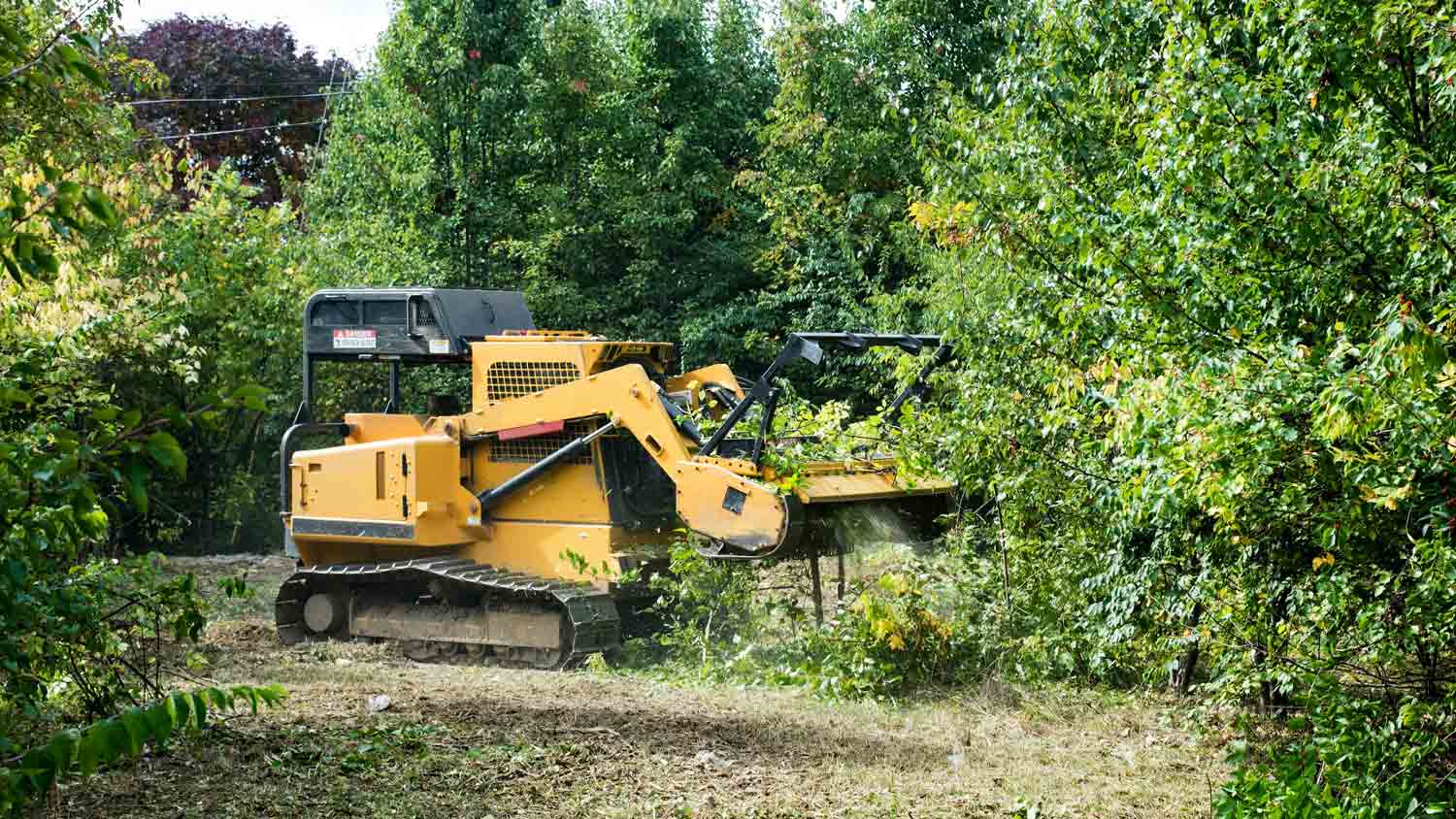 •
•Discover the average forestry mulching cost, including per-acre and hourly rates, plus key factors that impact your total price. Get expert tips to save on your project.

How long does rubber mulch last? It can last over a decade, making it a long-lasting alternative to organic mulch. Learn about its lifespan and maintenance.
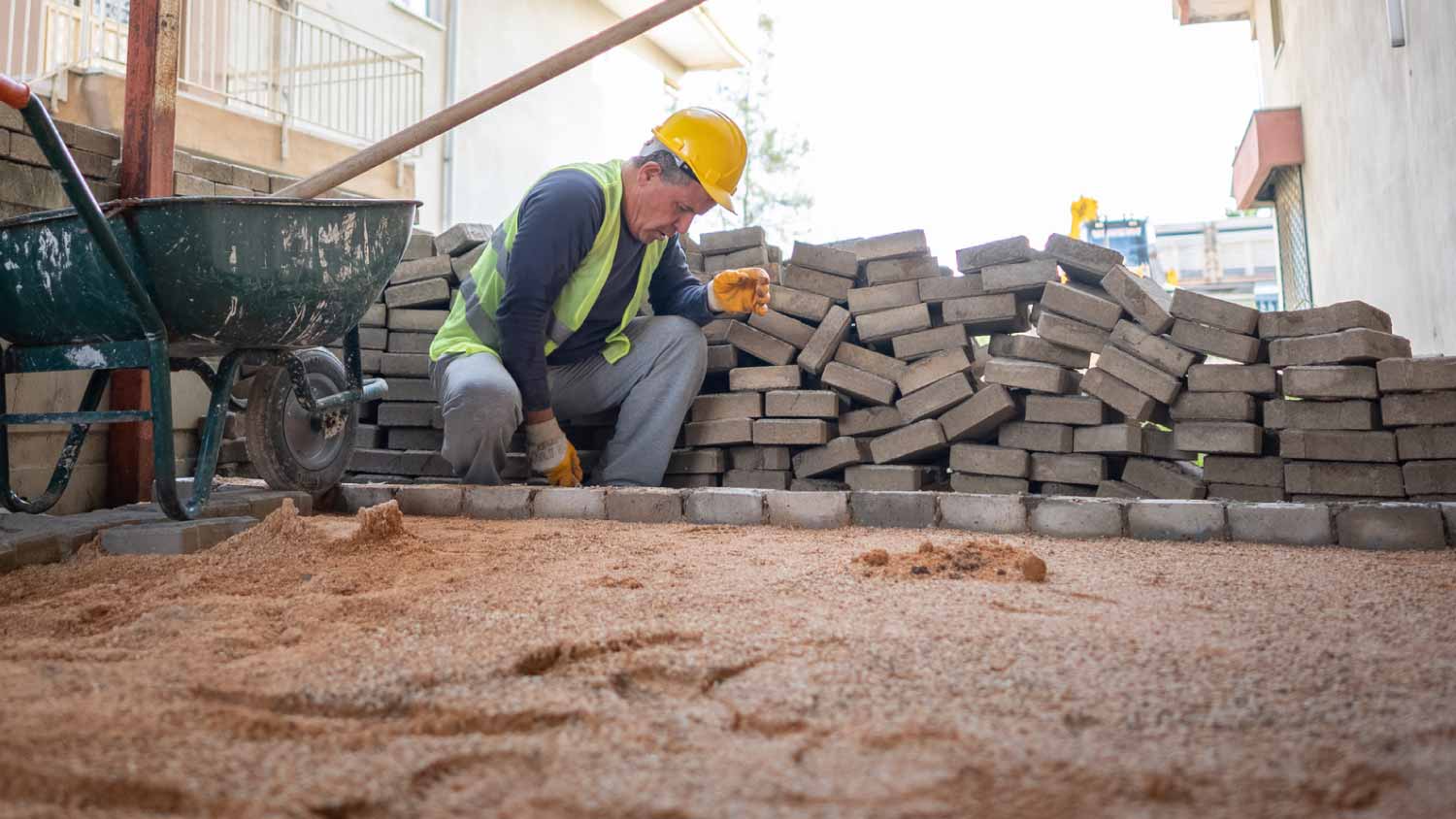
This calculator will help you estimate how much sand you’ll need to complete your hardscape project.

What’s the debate between wood chips vs. mulch? Wood chips are pieces or shredded wood from the interior of a tree trunk, while mulch can be made from a variety of materials.
- Lava Hot Springs, ID Mulch and topsoil pros
- Chesterfield, ID Mulch and topsoil pros
- Downey, ID Mulch and topsoil pros
- Mccammon, ID Mulch and topsoil pros
- Dayton, ID Mulch and topsoil pros
- Franklin, ID Mulch and topsoil pros
- Weston, ID Mulch and topsoil pros
- Inkom, ID Mulch and topsoil pros
- Lewiston, UT Mulch and topsoil pros
- Richmond, UT Mulch and topsoil pros
- Clarkston, UT Mulch and topsoil pros
- Arbon Valley, ID Mulch and topsoil pros
- Newton, UT Mulch and topsoil pros
- Smithfield, UT Mulch and topsoil pros
- Cache Junction, UT Mulch and topsoil pros
- Tyhee, ID Mulch and topsoil pros
- Hyde Park, UT Mulch and topsoil pros
- North Logan, UT Mulch and topsoil pros
- Pocatello, ID Mulch and topsoil pros
- River Heights, UT Mulch and topsoil pros
- Nibley, UT Mulch and topsoil pros
- Roofing in Grace
- Carpet Cleaning in Grace
- Septic Tank in Grace
- Cleaning in Grace
- Concrete Driveways in Grace
- Tree Service in Grace
- Foundation Repair in Grace
- Home Builders in Grace
- Concrete Repair in Grace
- Window Cleaning in Grace
- Cabinet Makers in Grace
- Exterior Painting in Grace
- Windows in Grace
- Mailbox Repair in Grace
- Sunroom And Patio Remodeling in Grace
- Garage Builders in Grace
- Driveways in Grace
- Concrete Leveling in Grace
- Doors in Grace
- Screen Repair in Grace
- Basement Waterproofing in Grace
- Plumbing in Grace
- Roofing in Grace
- Tree Service in Grace
- Kitchen And Bath Remodeling in Grace
- Electrical in Grace
- Fencing in Grace
- Flooring in Grace
- Concrete Repair in Grace
- Pest Control in Grace
- 🌱 "Mow a small front yard"
- 🛠 "Fix a leaking pipe under the sink"
- 🏠 "Repair shingles on an asphalt roof"

